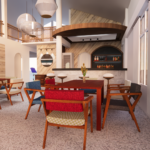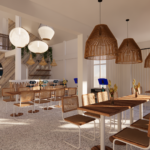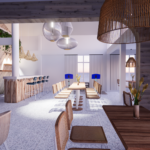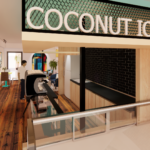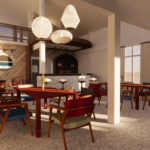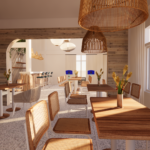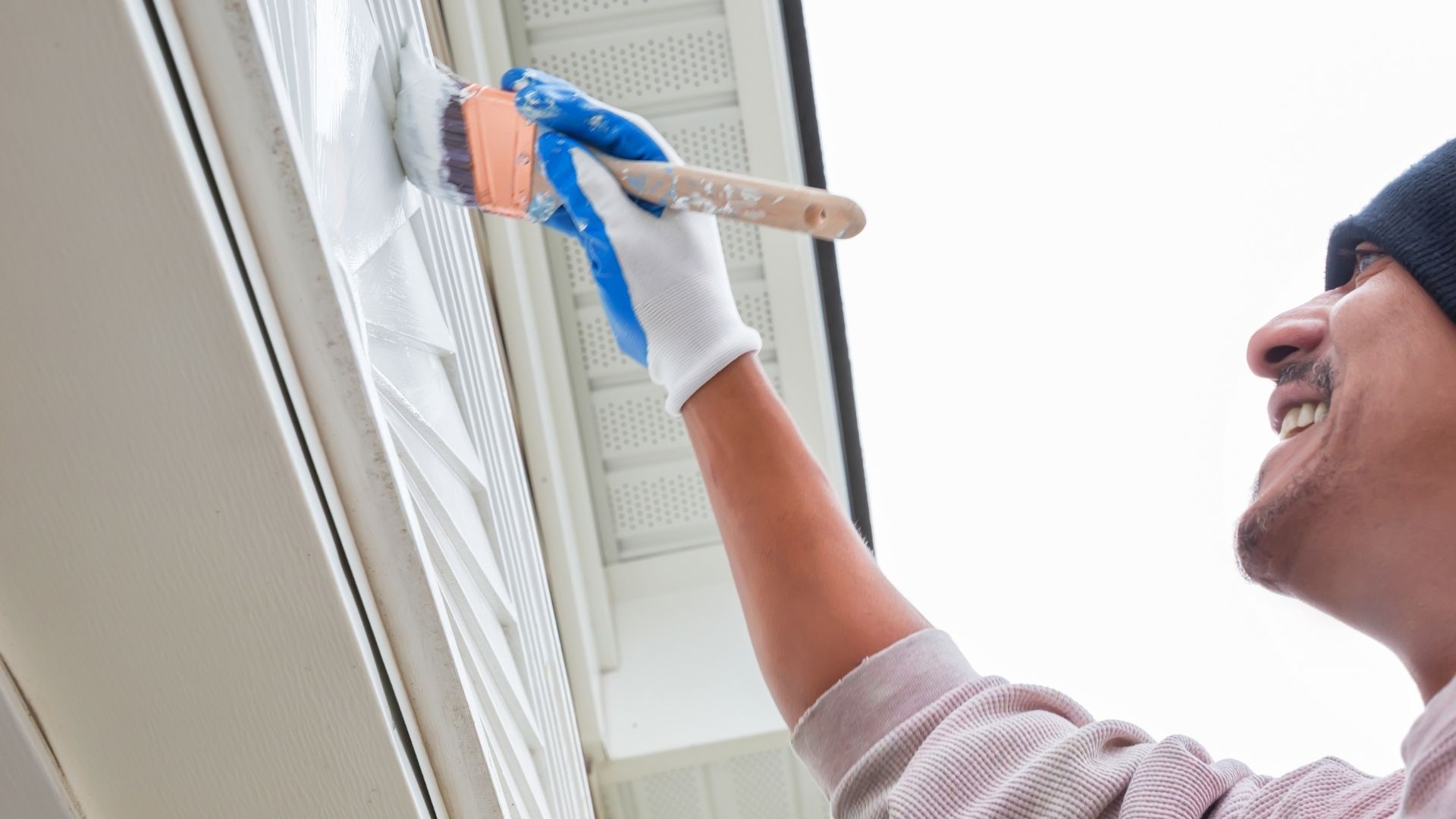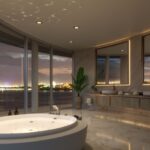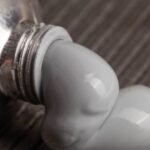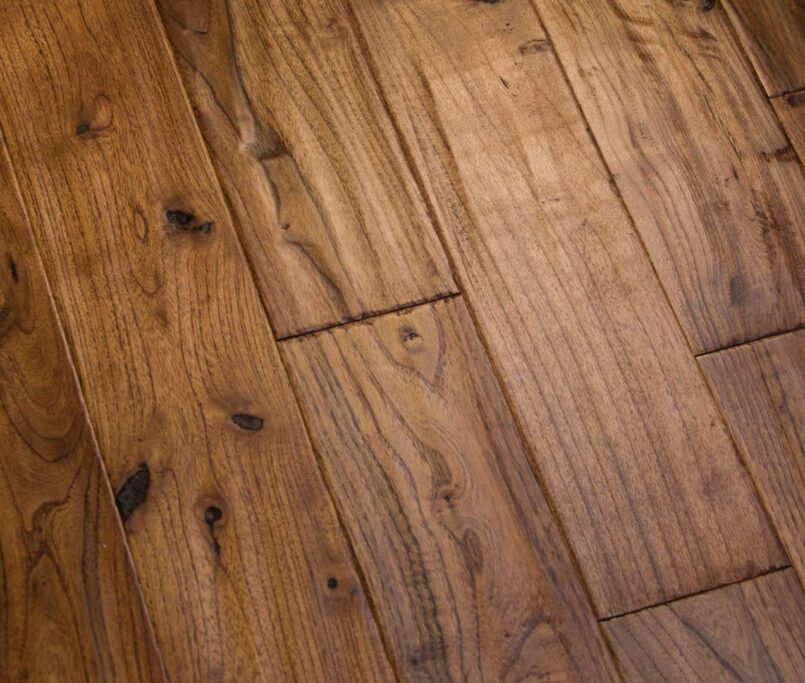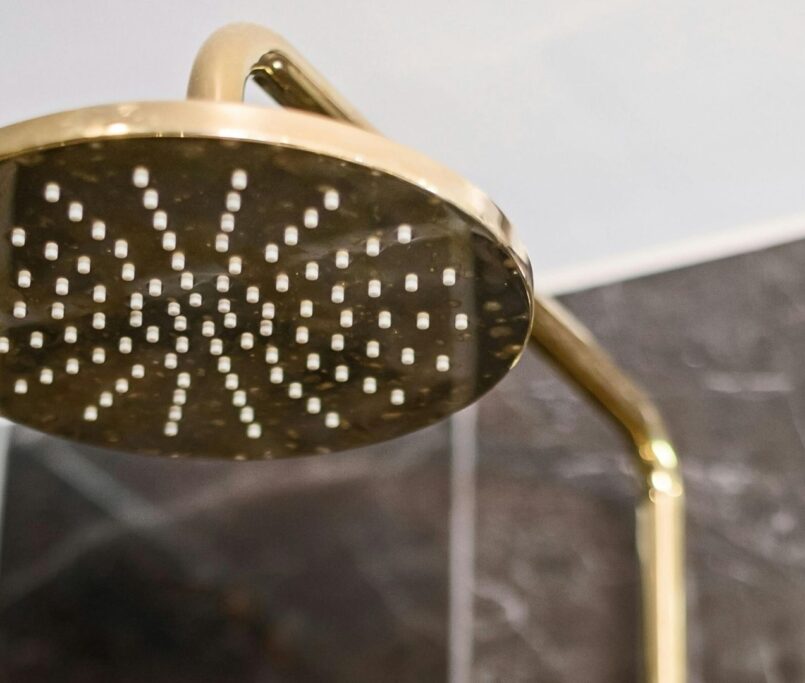In Phuket’s intense tropical monsoon climate, exterior paint plays a crucial role in protecting villas from harsh sun, salt air, and humidity while enhancing their appearance. With temperatures ranging from 28 to 32°C and humidity often exceeding 80%, only specific paints withstand these conditions effectively. Acrylic-based paints, especially elastomeric formulations, offer exceptional durability, flexibility, and weather resistance when applied with proper preparation and technique.
Why Acrylic Paints Suit Tropical Climates
Acrylic exterior paints are often ideal for Phuket’s coastal environment due to their water-based composition, which allows walls to breathe and expand. This flexibility reduces cracking and flaking on rendered or concrete surfaces. Unlike oil-based paints that harden and peel under tropical heat, acrylics accommodate daily thermal movements common in tropical villas.
Elastomeric acrylic paints, capable of stretching 50 to 100 percent, excel on larger facades or surfaces prone to hairline cracks. Their lifespan ranges from 7 to 12 years in tropical conditions, outperforming standard emulsions that may degrade within 3 to 5 years. Prices vary from 400 to 1500 THB per litre depending on formulation.
For coastal villas within 500 metres of the sea, specify paints with high salt spray resistance (ASTM B117, 2000+ hours). Low-VOC acrylics emit less than 50 g/L, promoting healthier indoor air quality and easier water-based cleaning, while reducing environmental impact compared to solvent-based alternatives.
Surface Preparation and Application Best Practices
Proper surface preparation is vital for paint longevity in Phuket’s climate. Rendered or concrete walls must cure fully (minimum 28 days) to prevent peeling caused by high alkalinity. An alkali-resistant primer costing 200 to 600 THB per litre enhances adhesion and moisture resistance.
Two topcoats are standard, each applied at 100 to 150 microns dry film thickness (DFT). Avoid the misconception that thick multi-millimetre coatings are better; precise micron-level application is more effective and economical. Total system costs, including primer and labour, typically range from 600 to 1500 THB per square metre.
Painting should be scheduled during cooler, dry periods (early mornings are ideal) to avoid premature drying and blistering. High-gloss or dark colours require extra care, as Phuket’s high UV index (10 to 12) accelerates fading and highlights imperfections. Regular biannual cleaning to remove salt and dust can extend paint life by 20 to 30 percent.
Pro Tip: Test paint samples on both shaded and sun-exposed wall sections. Phuket’s intense sunlight can alter colour perception, and bold hues like red or blue may need UV-stable pigments to prevent rapid fading.
Alternatives and Comparative Options
- Oil-based paints crack and yellow in tropical heat and require solvent clean-up, making them less suitable for Phuket.
- Silicone-enhanced paints offer excellent water repellency but lower breathability, risking trapped moisture if ventilation is poor.
- Limewash is breathable and suits natural designs but can fade quite quickly and needs frequent reapplication.
- Ceramic coatings last 10 to 15 years and resist UV well but are costly (approximately 1000–2000 per litre) and require specialised application.
Elastomeric acrylics strike the best balance of cost, durability, and aesthetics for most villa exteriors. Compared to cladding systems like composite panels (1000–4000 THB/m²), paints are more affordable but demand attentive maintenance.
Conclusion
Acrylic-based paints, especially elastomeric types, provide resilient, low-maintenance protection for Phuket villas against sun, salt, and humidity. When paired with quality primers, applied correctly, and maintained regularly, they deliver long-lasting, beautiful finishes suited to tropical architecture.
For more tropical building advice, visit our blog or contact us to discuss your project. Follow our YouTube channel for practical tips on designing and building for Phuket’s unique environment.

